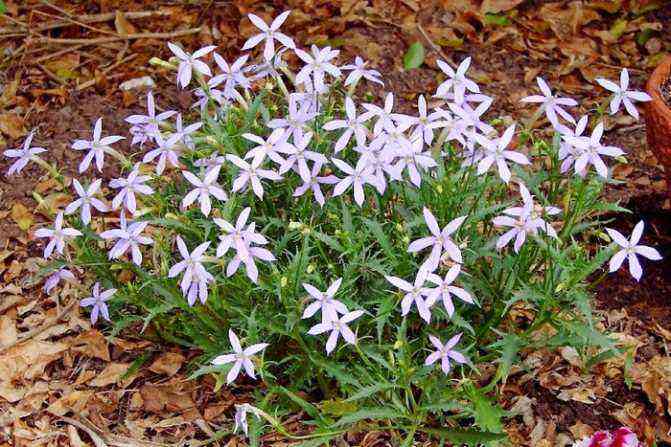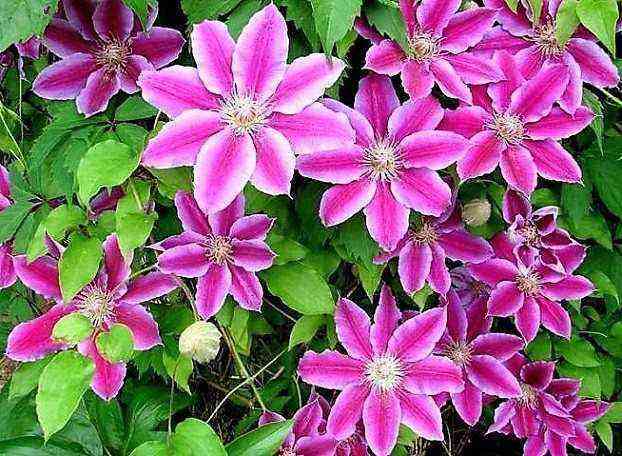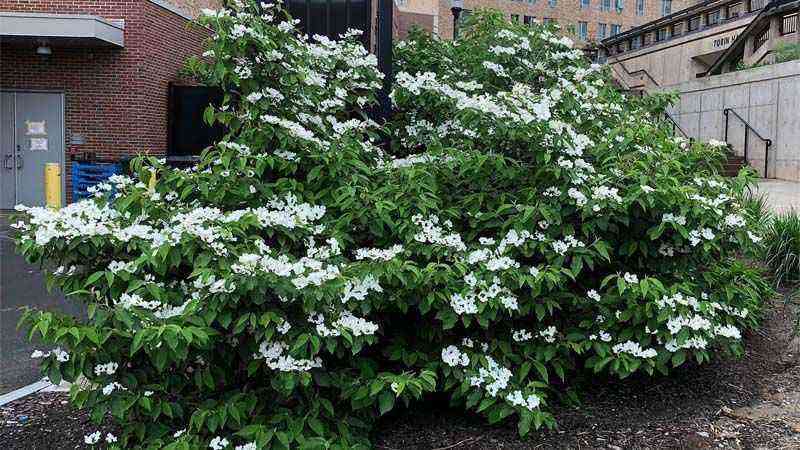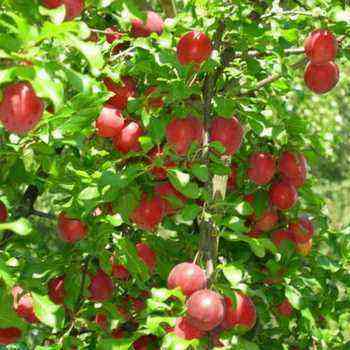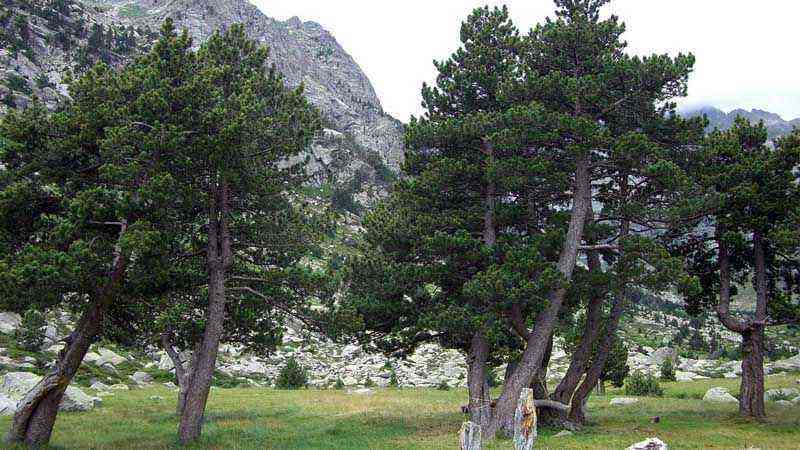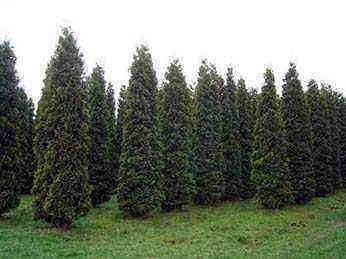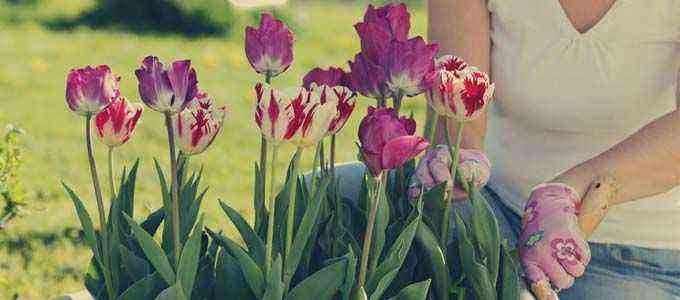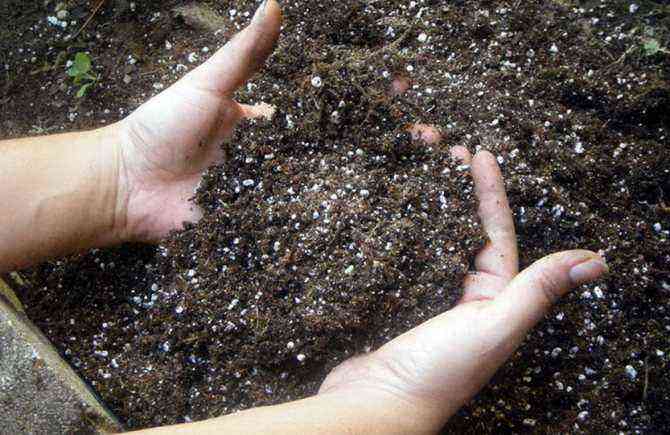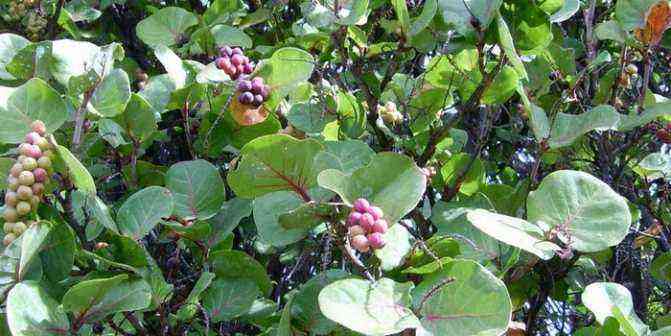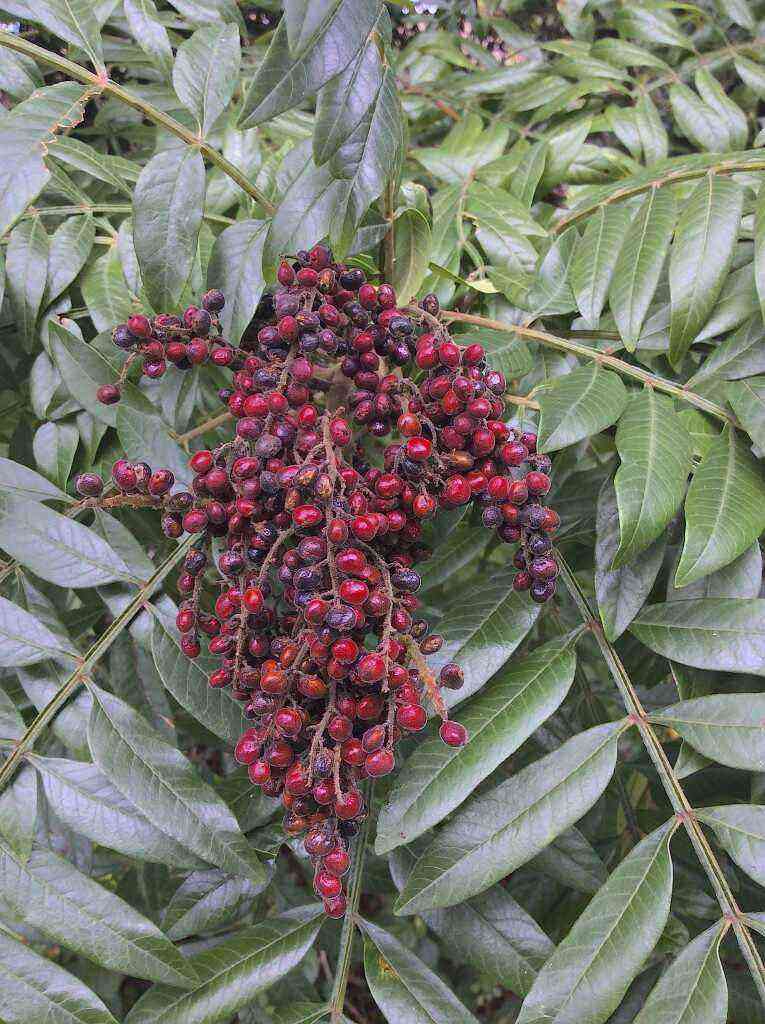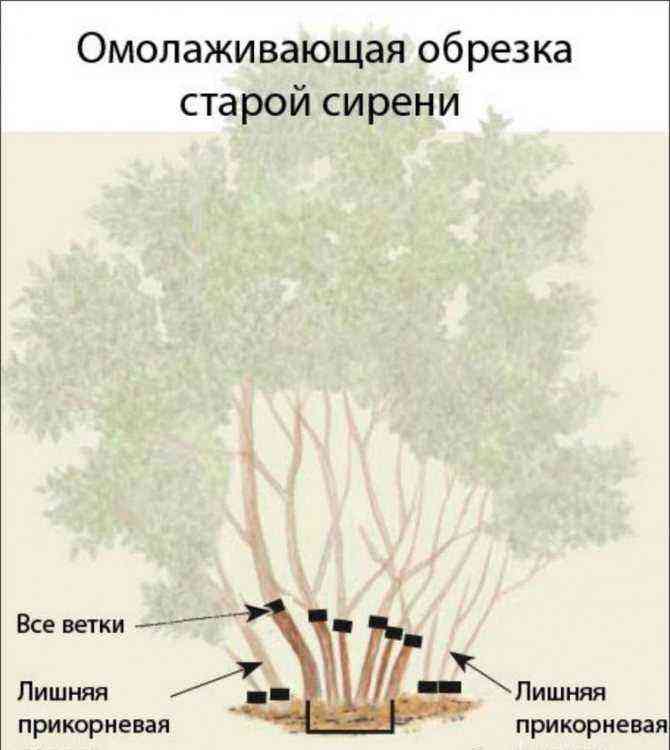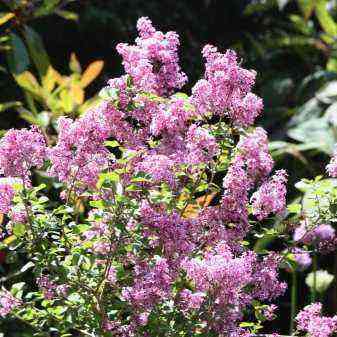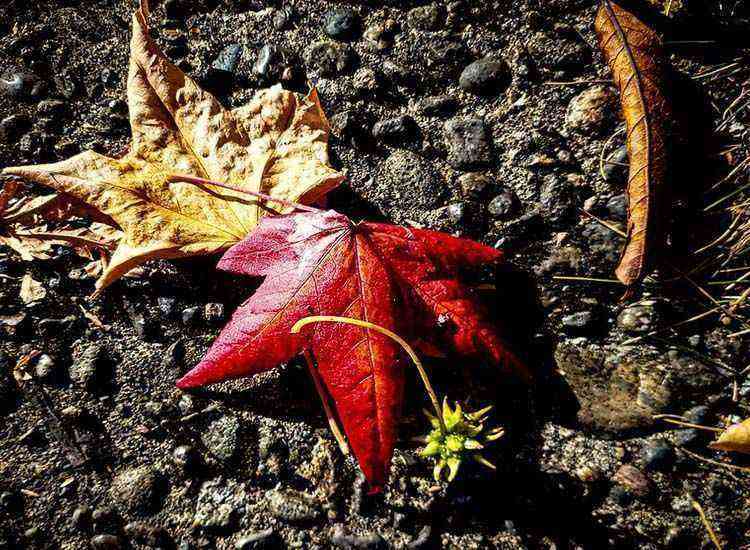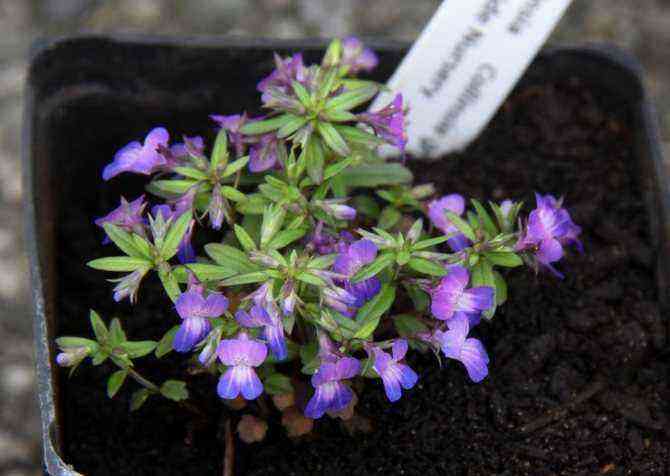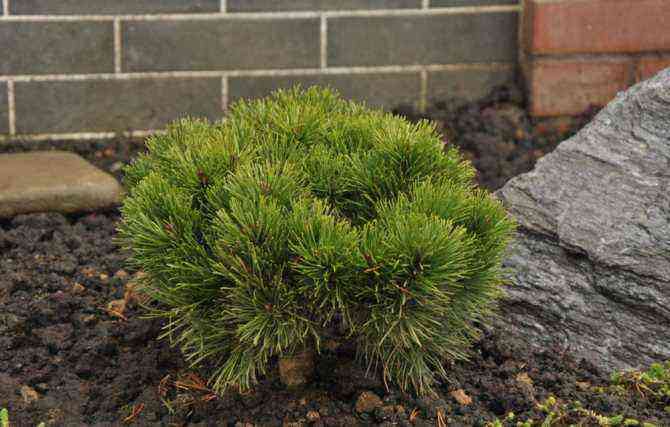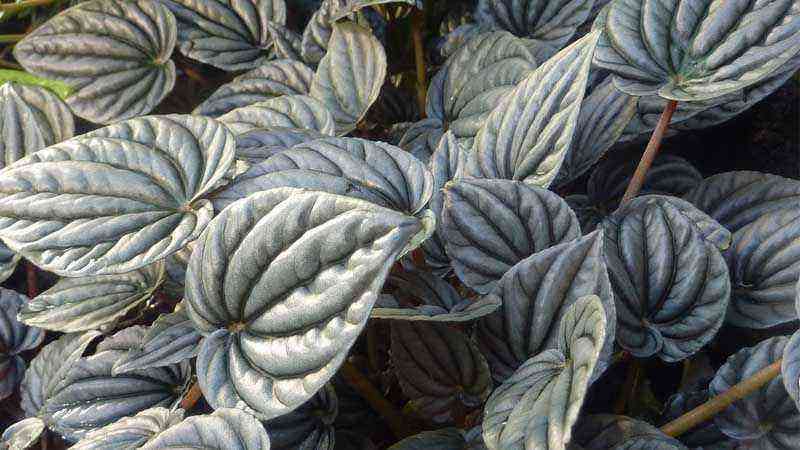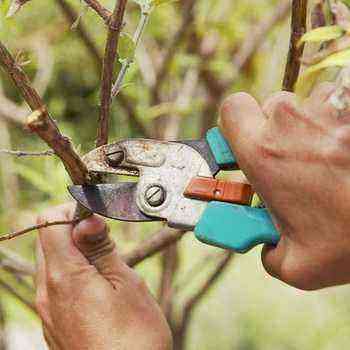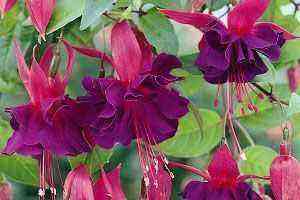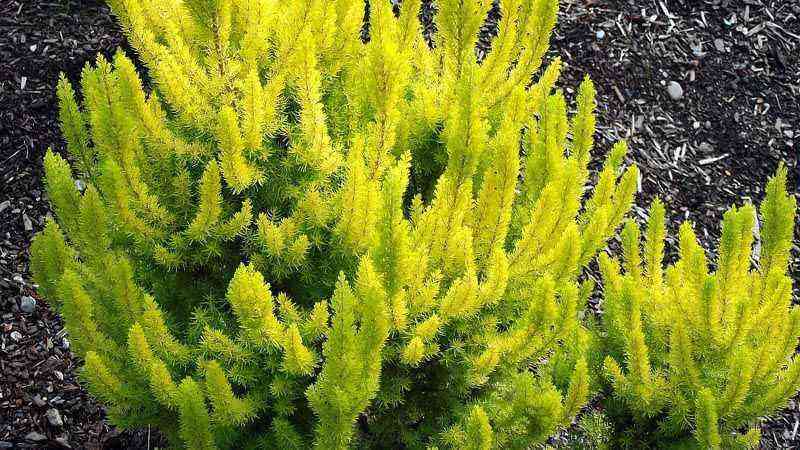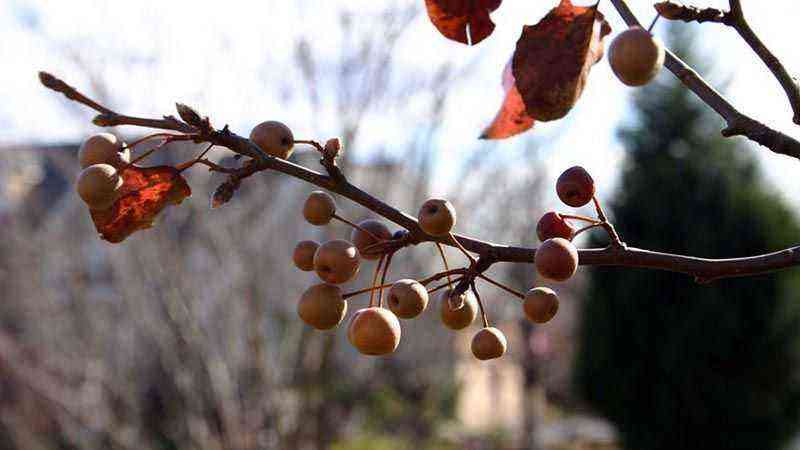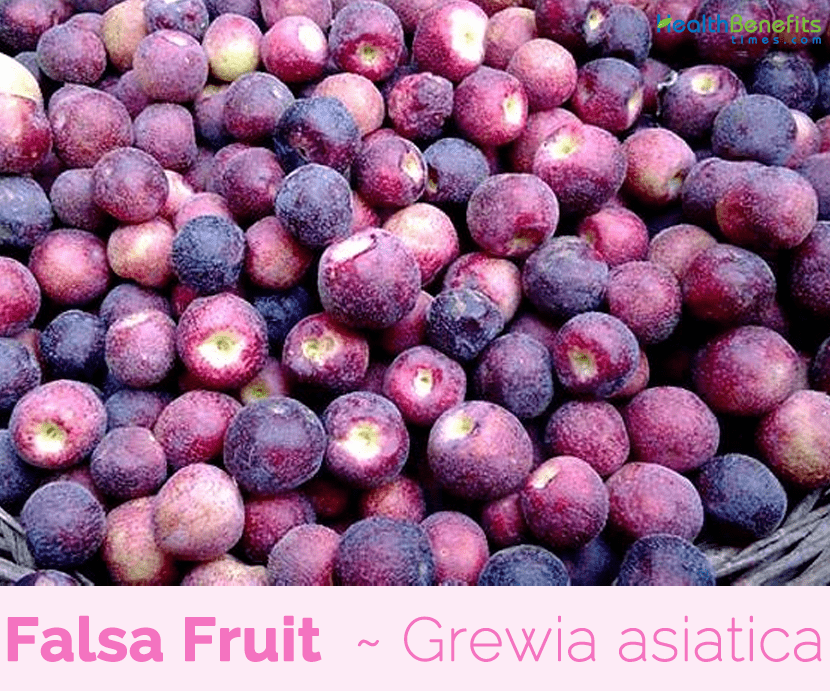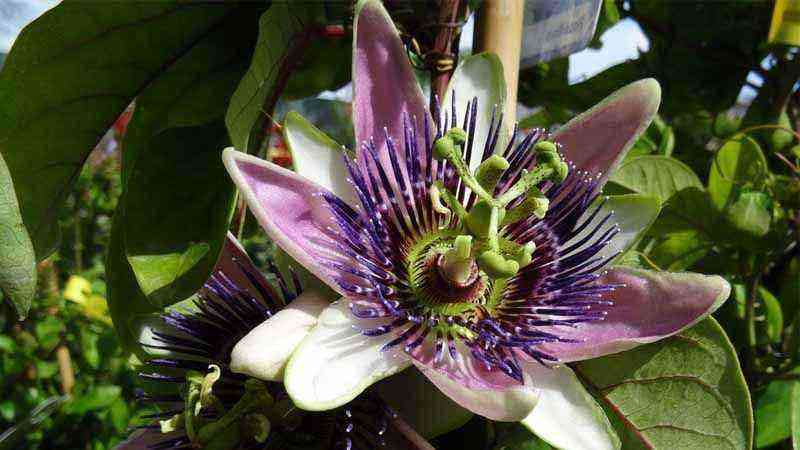Laurencia Laurencia juice may irritate the eyes.
Description
Laurentia axillary is native to the southeastern regions of Australia. Height and width, 30 × 25 cm. Flowering period, depends on the timing of sowing seeds. If sown in March, then depending on the amount of sun in the summer, we will get flowering plants in early-late July. From late autumn sowing we will get flowers in June. Flower color, white, blue or pink.
Reproduction of laurentia
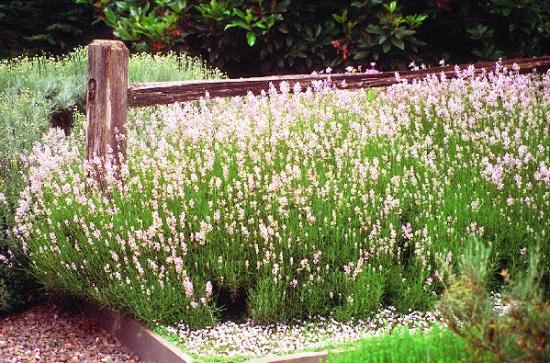
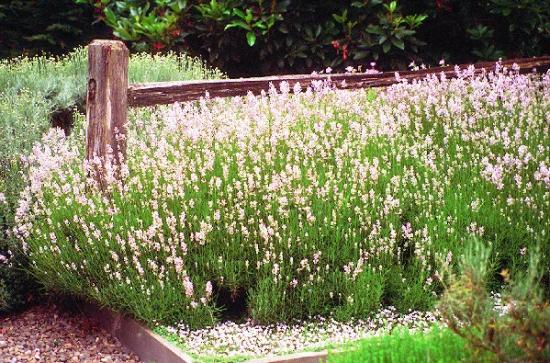
Reproduction is carried out either by dividing the bush or by seeds. The first method is suitable for obtaining two or three bushes, but if you need to sow a large amount of area or get a large number of seedlings, then seeds will do.
In its homeland, Laurentia is a perennial plant, but in our climate it can turn into an annual.
Care
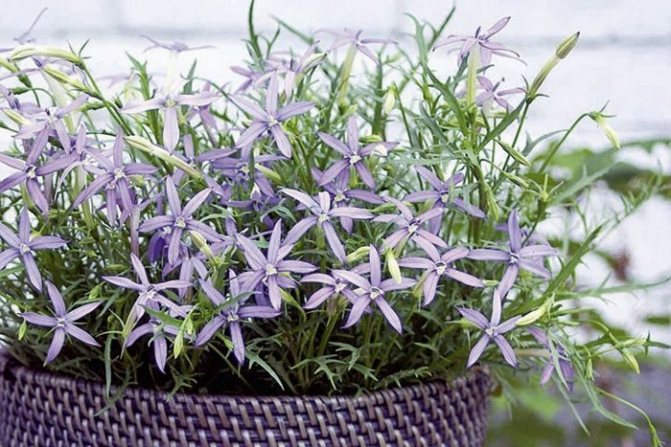
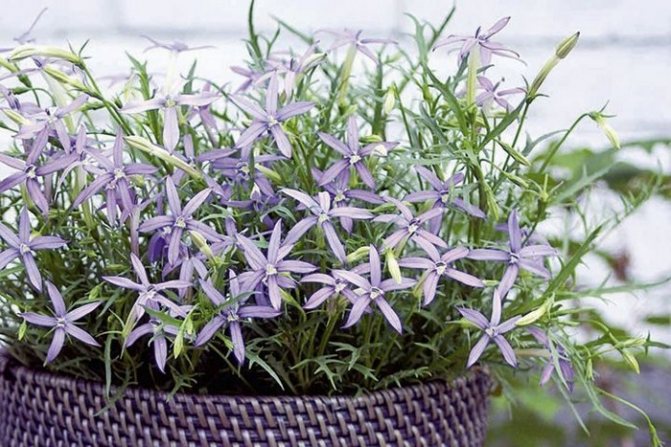
Hardened plants are planted in a permanent place when they are sure when the frosts have passed. The type of soil is irrelevant as laurentia adapts to most garden soils. It is important that the soil is permeable, because the plant does not tolerate excess water while requiring a sufficient amount. Once well rooted in the soil, laurentia will withstand a short period of drought. Of course, the drought will affect the appearance. In the open field, top dressing is standard, in the spring before planting a layer of compost and a dose of mineral fertilizers. After only watering, if necessary, removing faded flowers as far as possible. Growing in pots requires constant regular watering and feeding, at least once a week. It is recommended to fertilize with half the dose, but every second watering.
Regardless of where the axillary laurentia is grown in the open field or in pots, the mass of flowering will begin to decrease significantly for some time. There are two ways out either to come to terms with this and after the first frost the laurentia will go to compost, or to give up this small number of flowers and prune the plant well. With a warm and long autumn, perhaps a second mass flowering. Despite the majority of the faded shoots, the lower part is healthy and green. Cropping over 4-5 sheets will be required. After pruning, dry parts that spoil the appearance of the plant are removed by fertilizing with a full dose of Florovit. Why not a fertilizer for flowering plants, because a dose of nitrogen is required to start. Then they return to watering with fertilizer for flowering plants.
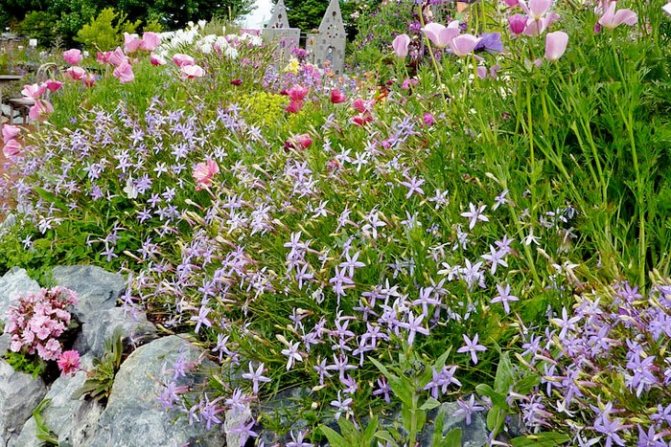

If you have a bright and cold (at least 5 ° C) room, you can store Laurentia in winter. Two storage options. One plant is planted for propagation, at the end of July it is cut off. Cuttings are taken from new shoots and, after rooting, are stored in winter, or in August the shoots are cut into one (or more) plants, transplanted into pots and stored in winter. In container growing, before wintering, the plants are pruned quite high, above 5-6 leaves, because in the spring you will have to prune again.
Because the likelihood of controlled cultivation (such as getting a flowering specimen in May) is little known, trials are underway at various breeding and production centers. It has been observed that laurentia stored under standard light conditions at a constant temperature of 5 ° C after 10 weeks sets flower buds. If confirmed by further research, florists will have flowering specimens in May in the near future. Those with glazed verandas can take advantage of and accelerate the flowering of plants for several weeks if they manage to keep the temperature so low on a sunny day.
Varieties of laurentia – photos of different varieties for a more confident choice
Beautiful, richly blooming laurentia, the photo of which can be found in various blogs of flower growers and professionals, is divided into different varieties. And although in its natural structure, this flower is considered a perennial, different species can be germinated every year. Varieties of laurentia allow you to make the right selection of plants to decorate landscape design. This page contains descriptions and photos of different varieties for an even more confident choice of beginning flower growers. The most relevant varieties for our country are:
- Gentle Laurentia “Avangard Blue” with its chiseled flowers of sky-blue color;
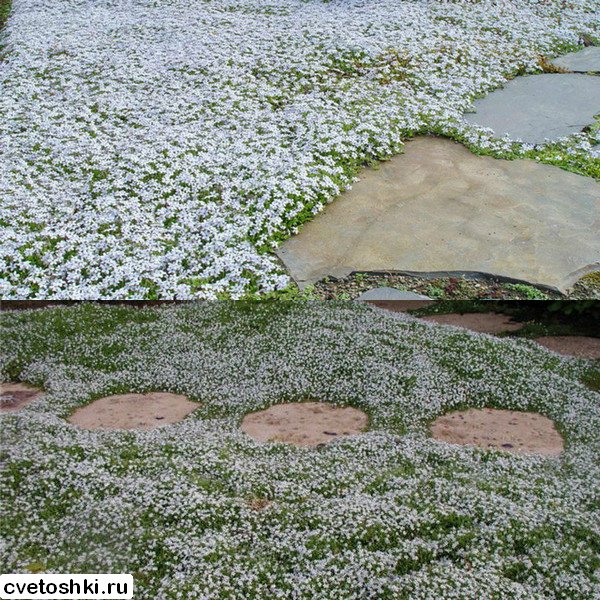

- Laurentia axillary with blue, pink and lilac-pink flowers;


- Elegant Laurentia River – a perennial with small flowers, in 1 cm diameter flowers. Creeping shoots of this type of plant are able to create a real “live” carpet and decorate any street-garden interior.
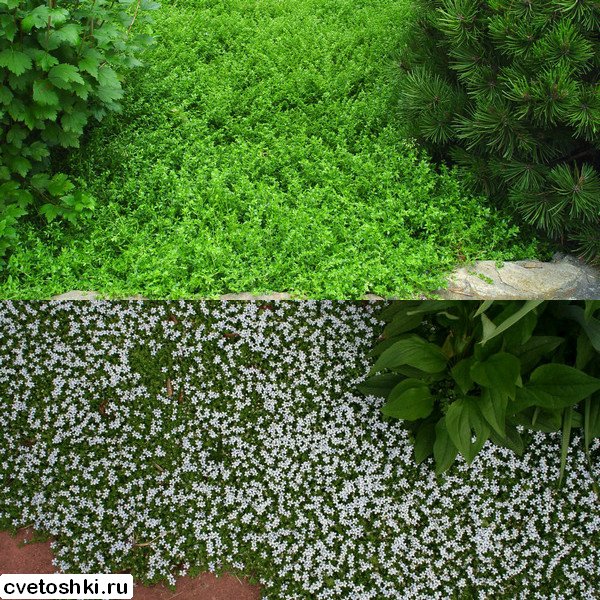
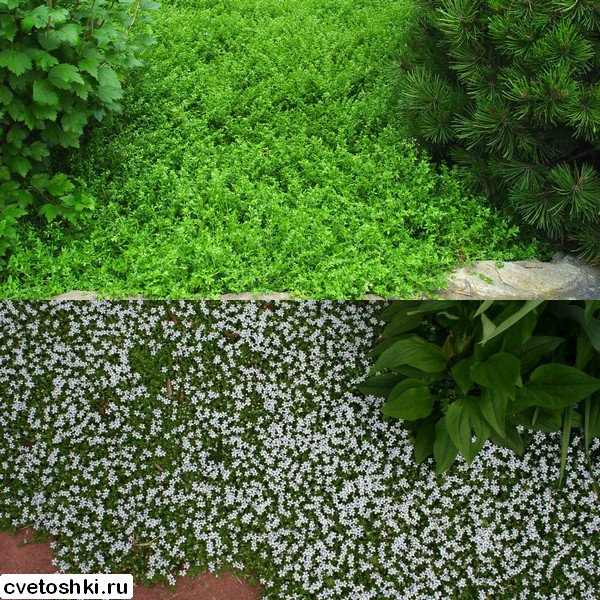
If you mix varieties with different color shades, you can create bright, fashionable nowadays carpets of these “stars”. No less original, they look in hanging pots or ground containers.
Cultivation from seeds
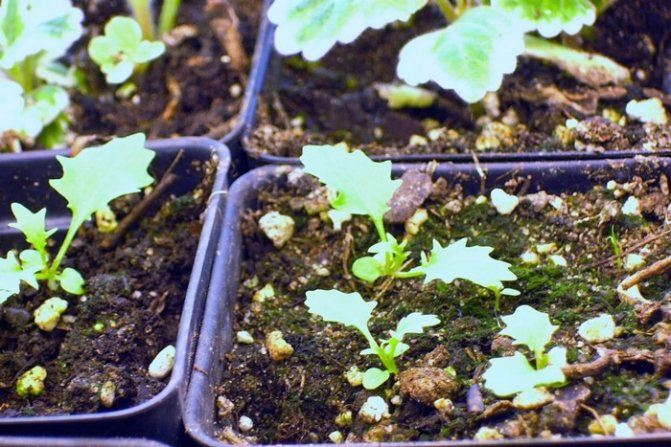
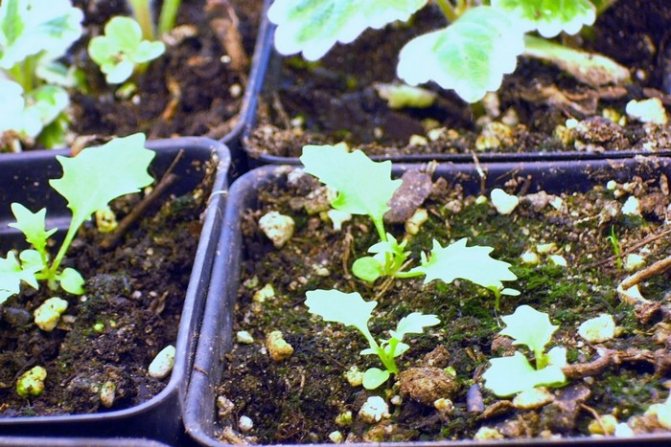
Sowing seeds is carried out at a temperature of 20 ° C. There are two options – either sowing in September and the seedlings wintering in a cool but bright room – for owners of glazed verandas or a cold greenhouse. Such seedlings bloom earlier. Sowing in March remains for window sill owners and the expectation of flowers is much later. After picking, the seedlings are pinched to branch the laurentia.
When storing laurentia in winter, it may happen that it was warm, as a result, several elongated shoots. Trim the plant and provide more light. Do not throw out elongated shoots, you can make cuttings. It is enough to have 3 leaves in the upper part and two lower bare knots. The stem is cut right under the knot and rooted in the ground. One bare knot above the ground will protect the seedlings from leaf rot, in large pots or in a flower bed they are planted a little deeper.
Laurentia in landscape design
Isotome is used as a monoculture and also makes a good combination with other ornamental plants. Many varieties have pastel inflorescence colors. Combination with bright and large colors is recommended to create winning compositions. It can be marigolds, petunias, peonies, delphinium. Tall large perennials go well – laurentia will decorate and disguise their lower part.
Massive plantings of several bushes, which create a dense carpet, look good. Flowers are grown in small and large pots, on an alpine slide, flower beds. An excellent design solution is to grow Laurentia in hanging capsho. They are hung in gazebos, along the veranda and railings.
Photo of a blooming laurentia:
Laurentia is a herbaceous, abundantly flowering perennial belonging to the bellflower family. In the wild, the plant grows in Australia. Laurentia, or as it is also called the isotome, is a lush, rounded bush with a height of 10 to 35 centimeters. Its leaf plates are small with carved edges. They are found all over the stem. Inflorescences are small, resembling a night violet. Their hue can range from pink to purple.
Isotome is a fairly unpretentious plant, so it is not difficult to grow it in your garden, it will be enough to create comfortable conditions for culture and it will delight the grower with its decorative effect all summer long.
Varieties and types
Laurentia River is a herbaceous perennial plant with creeping stems that form a continuous green carpet. The branches of the culture are long, with lush foliage. The leaf plates are small, with patterned edges of a dark green hue. Inflorescences are small, pale purple in color. The plant blooms from early summer to early autumn.
Isotome Tristar – is a lush, spherical shrub up to 25 centimeters in diameter. Shoots are long, creeping type. The leaf plates are located along the entire length of the branch, they are small in size and have a dark green tint. The inflorescences have five petals of white, pink or blue hue. The plant blooms from the beginning of summer until the first frost.
Laurentia Pazushnaya is a not tall, perennial, slow-growing plant, characterized by vigorous flowering. The branches of laurentia spread along the ground and form a green carpet. The leaves of this crop variety are small, patterned, dark green in color. Inflorescences are located at the end of the branches and have a lilac hue. Flowering time is early summer and ends in September.
Laurentia hybrid – A shrub with erect branched shoots reaches a height of 45 centimeters. The branches have lush foliage. The leaf plates are small with jagged edges and have a dark green tint. Inflorescences are five-lobed with pink, white and lilac shades. The plant blooms from early May to late September.
Laurentia Vanguard Blue
The plant grows to a height of 30 centimeters and looks like a lush spherical bush. The isotome’s branches are decorated with multiple rich green leaves with carved patterns along the edges. The inflorescences have five petals and a light lilac shade. This variety of laurentia blooms throughout the summer.
Laurentiya Fantasy Blue is a spherical bush with a diameter of 30 centimeters. Long branches with luxurious foliage. The leaf plates are small, dark green in color with a patterned edge. Inflorescences are small, resembling a night violet of blue color. Flowering time falls in early summer and ends in September.
Laurentia BlueStars – the plant reaches a height of up to 30 centimeters and has the shape of a ball. The branches are long with dense foliage. Leaves of a rich green hue, small with patterned edges. Inflorescences of a pale blue shade, multiple with five petals. Laurentia blooms from early June to late September.
Laurentia StarlightPink is a spherical shrub with dense long shoots. The leaf plates of the plant are pinnately dissected, small, of a dark green hue. Inflorescences of a pale salmon shade with five elliptical petals. This variety blooms throughout the summer.
Diseases and pests
In the garden, the plant is not susceptible to pests. Since laurentia secretes poisonous juice, even omnivorous slugs bypass its branches. However, when growing a plant at home, with improper care of it, it can be attacked spider mites or aphids… You can get rid of them by treating the isotome with Actellic according to the instructions on the package.
However, a garden crop can become sick as a result of dry soil or, conversely, excess moisture. If Laurentiya doesn’t have enough water, leaf plates will begin to curl, turn yellow and fall off… When overflowing, the root system can rot and the plant will die. To prevent this from happening, you should follow the watering rules and there will be no problems.
Isotome: photo of a plant
In conclusion, it should be added that experts recommend planting laurentia seeds for seedlings. Although this process is more cumbersome, it fully justifies itself, since the flowers will bloom much faster. Also, you will not need to fear the appearance of severe frosts.
